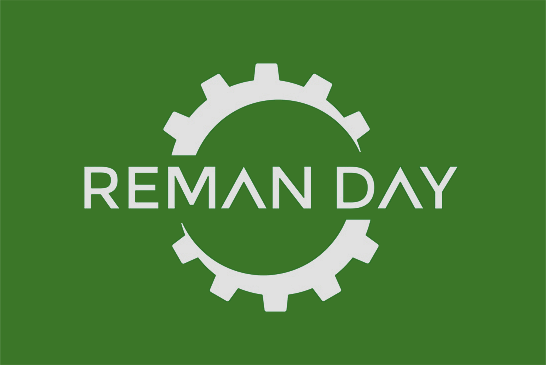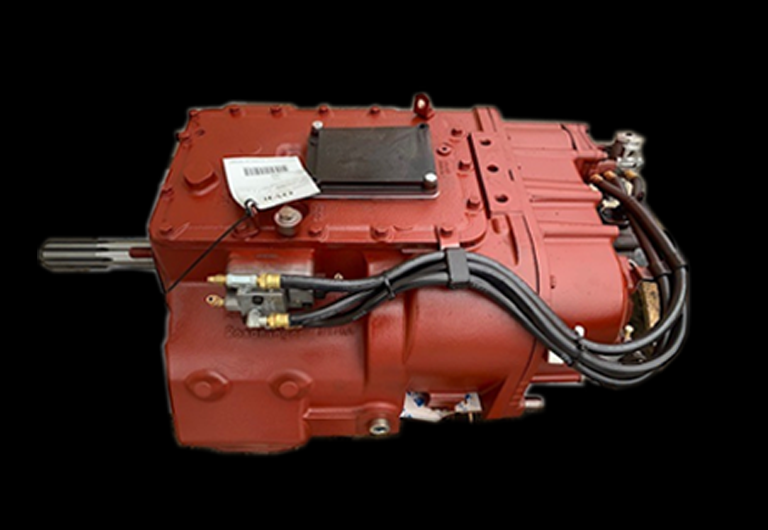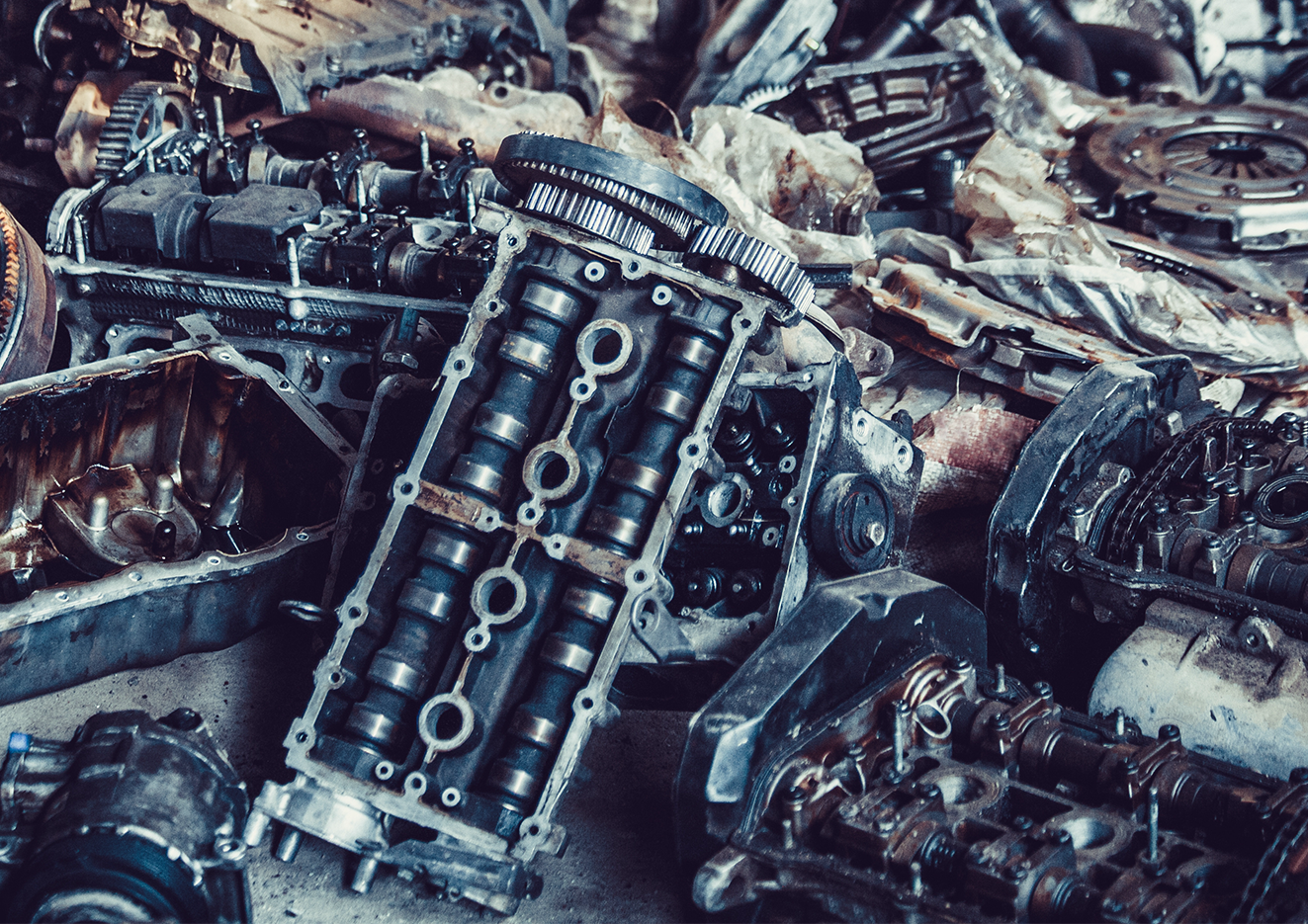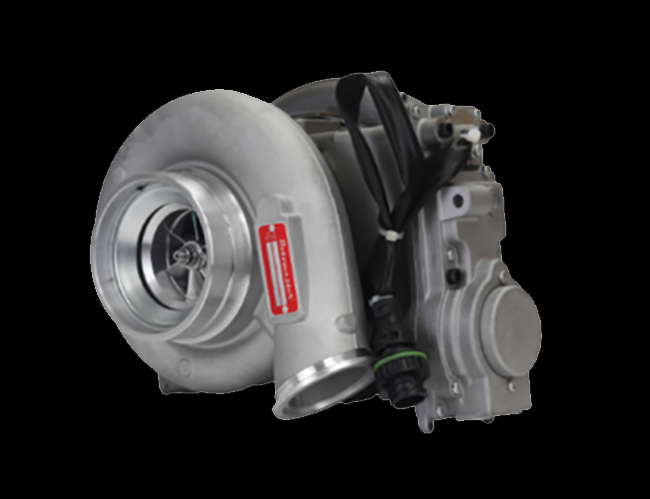Remanufacturing for Sustainability
The Role of Remanufacturing in Promoting Sustainability
In a world where sustainability has become more than just a buzzword, industries across the globe are seeking innovative ways to reduce waste, conserve resources, and minimize their environmental impact. One such approach that is gaining momentum is remanufacturing—a process that not only supports sustainability but also offers significant economic and environmental benefits.
What is Remanufacturing?
Remanufacturing involves the process of restoring used products, particularly complex machinery and equipment, to a like-new condition. Unlike recycling, which often downgrades the quality of materials, remanufacturing retains the original quality and performance of the product. This is achieved through a rigorous process of disassembly, cleaning, repair, replacement of worn or outdated components, and reassembly.
Key industries benefiting from remanufacturing include automotive, aerospace, electronics, and heavy machinery. For example, remanufactured heavy-duty truck engines or aircraft parts undergo thorough testing to ensure they meet the same standards as new ones, often with warranties comparable to new products. In some cases, the remanufactured part is better than the original part because upgrades have been made to flawed components.
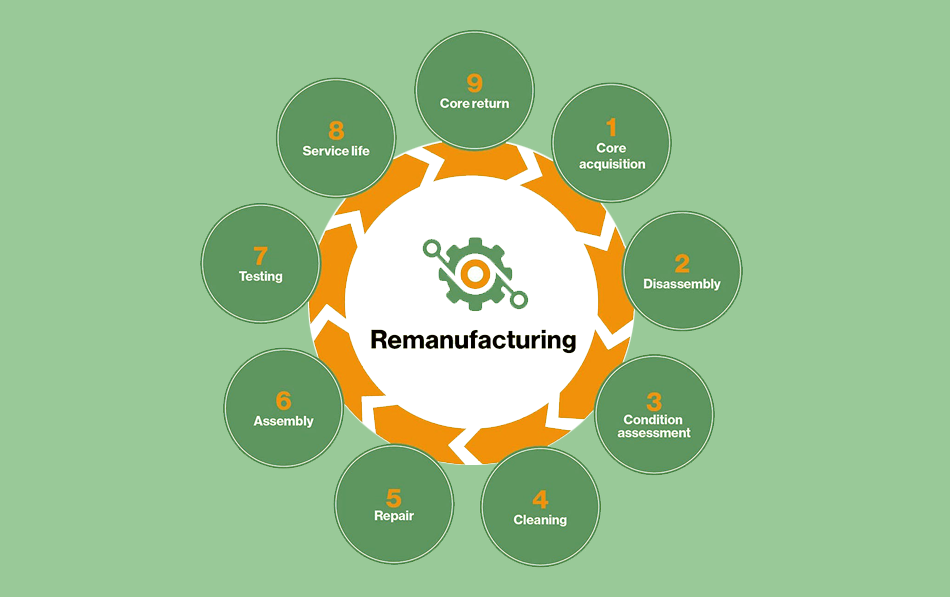
Environmental Benefits of Remanufacturing
Resource Conservation:
- Reduction in Raw Material Usage: Remanufacturing significantly reduces the need for raw materials. By reusing existing components, industries can decrease their dependency on mining, drilling, and other extractive activities, which often have adverse environmental impacts.
- Energy Savings: Manufacturing new products from scratch requires substantial energy, from extracting raw materials to processing and assembly. Remanufacturing, on the other hand, uses considerably less energy, as the core material is already available. This reduction in energy consumption translates into lower greenhouse gas emissions.
Waste Reduction:
- Minimizing Landfill Use: Products that would otherwise end up in landfills are given a second life through remanufacturing. This not only reduces the volume of waste but also lessens the environmental burden associated with waste disposal, such as leaching of harmful chemicals into the soil and groundwater.
- Lowering E-Waste: The electronics industry, in particular, is plagued by e-waste—a rapidly growing environmental concern. Remanufacturing of electronic devices can mitigate this problem by extending the lifecycle of products like computers, smartphones, and other gadgets, keeping them out of the waste stream.
Reduction in Carbon Footprint:
- Less Transportation: Remanufactured products often require less transportation compared to new products, especially if the remanufacturing process takes place close to the source of the used products. This reduces the carbon emissions associated with shipping and logistics.
- Circular Economy Promotion: By integrating remanufacturing into the production cycle, companies contribute to a circular economy, where products are reused, repaired, and recycled rather than being disposed of after a single use. This circular approach is crucial for reducing the overall carbon footprint of manufacturing industries.
Economic Advantages of Remanufacturing
Cost Savings:
- Lower Production Costs: Remanufacturing can be more cost-effective than producing new products from scratch. By salvaging and refurbishing existing components, manufacturers can reduce material and labor costs, leading to lower prices for consumers.
- Job Creation: The remanufacturing industry is labor-intensive, requiring skilled workers for disassembly, inspection, and reassembly. This creates jobs and supports local economies, particularly in regions where remanufacturing facilities are based.
Market Competitiveness:
- Affordable Products: Remanufactured goods are often sold at a lower price point than new ones, making them accessible to a broader range of customers. This affordability can give companies a competitive edge in markets where cost is a significant factor for consumers.
- Brand Loyalty: Companies that offer remanufactured products can build brand loyalty by appealing to environmentally conscious consumers. By providing high-quality, sustainable alternatives, businesses can differentiate themselves in a crowded marketplace.
Supply Chain Resilience:
- Resource Availability: Remanufacturing can help mitigate the risks associated with supply chain disruptions, particularly for rare or difficult-to-source materials. By reusing components, companies can reduce their reliance on volatile supply chains and ensure a steady flow of products.
Challenges and Future Outlook
Despite its many benefits, remanufacturing faces several challenges, including the perception of remanufactured products as inferior to new ones, regulatory hurdles, and the complexity of reverse logistics. However, with increasing awareness of environmental issues and the growing demand for sustainable practices, the remanufacturing industry is poised for significant growth.
To overcome these challenges, industry players must invest in advanced technologies, such as automation and artificial intelligence, to streamline the remanufacturing process. Additionally, consumer education and government support, through incentives and favorable regulations, will be crucial in driving the adoption of remanufactured products.
Click here to learn more about sustainable remanufacturing
Conclusion
At River City Truck Parts, we take pride in being part of the heavy-duty truck parts’ supply chain. Remanufacturing represents a powerful tool in the quest for sustainability, offering substantial environmental and economic benefits. By extending the life of products, reducing waste, and conserving resources, remanufacturing not only supports a more sustainable future but also provides a viable business model for industries looking to thrive in an increasingly eco-conscious world. As we move towards a circular economy, embracing remanufacturing will be key to achieving long-term environmental and economic sustainability.
Search our inventory to see our remanufactured truck parts and cores.


